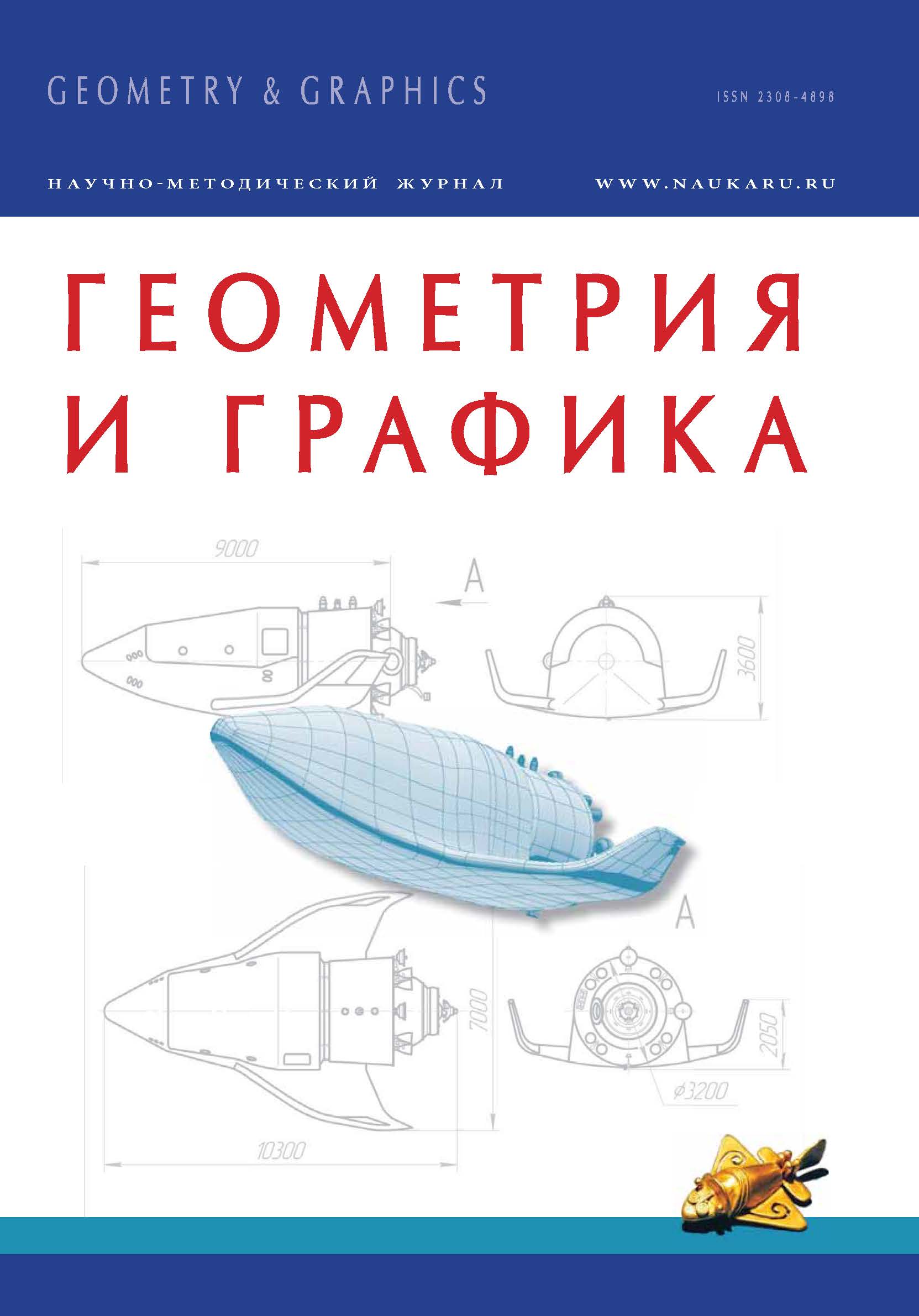Drawing is configured asa language: as such it must be analyzed, in its ancient and modern meanings, studying the evolution of that sense. Being a language it has an encoded structure its level of severity differs with various forms in which the design is articulated. Technical design is one of these joints and assumes its definitive connotation during the nineteenth century. Characters and peculiarities of the technical drawing are therefore highlighted and studied both in terms of civil engineering, both from the architectural and industrial one.
language of technique, drawing, design, design standards, design engineer.
Drawing as language: ancient and modern meanings
Drawing is a vague term. It has multiple meanings and antonyms, used in the usual communicate to mean different activities. Vasari calls it art, giving it a new meaning, but the modern experience gives to drawing even practical purposes; is a means of communication between creator and performer of the form, but also acknowledges the value of verification of composition; and yet, it is the representation of objects, but their knowledge is in heterogeneous sensitivity of observers. Modern formulation which overcame the previous conception of art, based on the distinction between liberal arts and arts mechanical, which finally led to the vain opposition of practical activities with the sciences, understood as theoretical activities. This dichotomy, in the classic sense, is inconvenient: it was developed only in recent centuries. It was stressed by encyclopaedists who recognized that «the art of drawing is born by the admiration that in every age men have tried for the show and the Universe from their respect for nature and its products. Man has always tried – is something completely spontaneous – to reproduce the objects that hit him, to perpetuate the memory of people and events [...] painting, sculpture and engraving born from drawing. Acts of varying difficulty but equally worthy» [1]. For encyclopaedists, therefore, the design is an art founded on theoretical and operational procedures and it is at the same time permeated with imagination and poetry on the one hand, by knowledge and accuracy on the other. Until the mid-eighteenth century, with rare exceptions, as seen, the concept of design is pervaded by artistic principles and is designed as dignified means of imitation of reality. If, in fact, still Quatremère De Quincy insisted on defining drawing as «representation of anything with the aid of the lines that form the constituency of the objects that you want to imitate» [3], another Frenchman, Viollet le Duc, marked a decisive change to the interpretation of the graph because its prerogative is to «develop intelligence and form the judgment, because drawing you learn to see and do is to know» [4].
1. Diderot D., D´Alambert J.B. Encyclopédie: tableaux, Mondadori A., Milan, 1993, p. 150.
2. Guillerme Cfr.J. La figurazione in architettura, Franco Angeli, Milan, 1982.
3. Quatremère De Quincy A.C. Dizionario storico di architettura, Marsilio, Venice, 1992, p. 191.
4. Viollet le Duc, Histoire d´un dessinateur, il Cavallino, Venice, 1992, p. 203.






